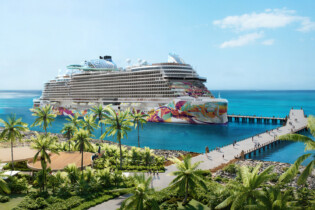The MICE industry has come a long way in the past ten years and the unsung heroes are the executive chefs that create the outstanding dishes.
The communications process between what is known as the venue’s ‘front-of-house’ together with the ‘back-of-house’ regarding the client’s catering requirements has to be effective and one hundred percent understood by all the stakeholders. Key to these communications are the practical applications in keeping with the clients / intermediaries brief.
The catering ‘mix’ of close knit co-ordination starts with a bundle of decisions such as: the theme which leads on to design of backdrops, ceiling and table décor. Also the staging, lighting and sound in conjunction with the menu and order of various presentations come into play.
Table and chair set-ups in relation to various human traffic flow patterns from the access/egress within the room – coupled with all the components in a cohesive, functional manner.
It is the chefs together with the catering/banqueting management that ensure that the flow between all the pivotal elements work in unison.
The responsibilities of event managers/intermediaries is to ensure the co-ordination of all the key elements are in sync with one another and in particular the executive chef’s understanding of the event and the overall theme with design elements seriously included.
The 30 August will ensure that the key elements are brought together – taking account of style, cultures, cuisines, allergies and religions.All these essential aspects will be elaborated upon by Thomas Overbeck during his expert presentation.
Take a look at the programme content on www.miceacademy.co.za and check out the packed three hours which includes CPD (Continuing Professional Development) credits/points.The registration page is also on the home page for completion and return.







